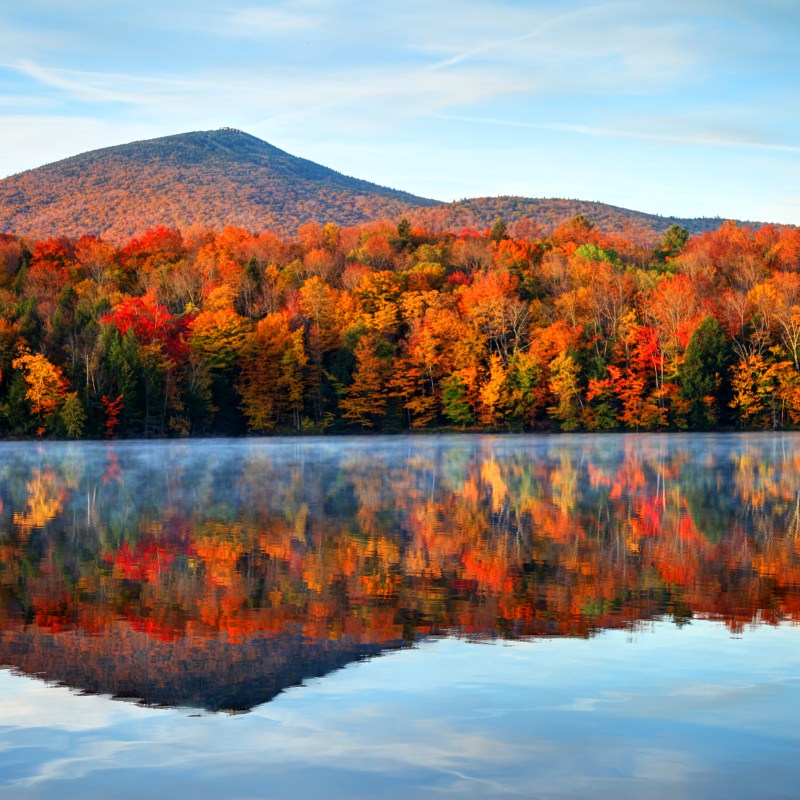
Did you know that there are maps that cover fall foliage displays across the US? And that they’re updated with real-time data?
Videos by TravelAwaits
Welcome to the magic of Explore Fall’s Fall Foliage Map. It’s a new project that launched in 2024 and relies on daily updates to ensure that its fall foliage map is more accurate than others. To do so, the team relies on an in-house AI model that it helped build using deep learning methods.
Yes, AI is now being used to predict things like fall foliage displays based on metrics like daylight, temperature, and training programs to identify leaf colors. The model also relies on real-time remote fall foliage observations from around the country to maintain its accuracy.
If you’re into that type of thing (ie, how machine learning is predicting autumn leaf-dropping), then dig in. Just know that the current model is around 80% accurate within a three-day period. For now, I’m covering how the tool works and how you can use it to improve your fall foliage hunting this season.
Inside the Fall Foliage Map
The Fall Foliage Map has two settings you can choose from: Color Report or Peak Timing.
The Fall Foliage Map color report setting uses six different labels to describe the quality and vibrancy of the leaf display: little to no color, low color, moderate color, high color, peak color, and past peak color. Just click on the map that you see on the homepage and start zooming in for a more detailed geographic breakdown.
The Fall Foliage Map peak timing setting lets you see which time of year it’s best to plan for fall displays around the country. For example, leaf-peeping in Maine is best done in early to mid-October. In South Carolina, you’re better off planning a trip for early to late November, depending on where you’re going.
The great minds and AI model at Explore Fall also recommend solidifying plans for leaf-peeping trips around two weeks out. That lets you plan around poor weather that could change the quality and vibrancy of the autumn displays.
What else can you find?
If you’re an autumn-lover, I highly suggest digging into the website’s blog. They have interesting articles—including one that explores something called a stress outlook. Apparently, poor weather impacts trees, and that stress can cause them to drop leaves later or sooner. They also have a global fall foliage that explores similar displays around the world.
